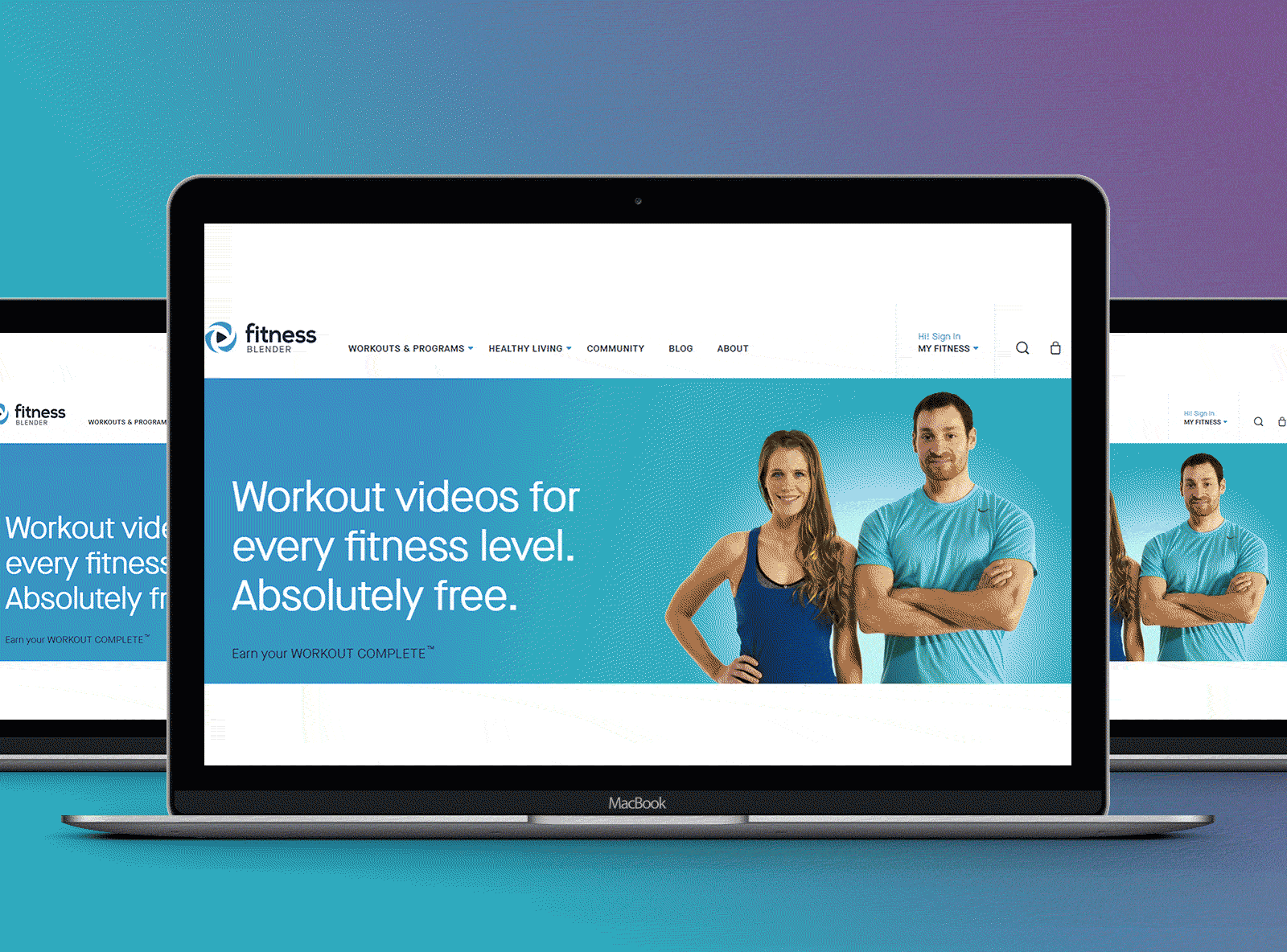Necessary Tips for Crafting High-Impact Site Layouts
In the realm of digital marketing, the design of a website acts as an important touchpoint for engaging potential clients. To develop high-impact site layouts, one must consider important components such as target market understanding, user experience, and visual hierarchy. Each of these components plays an essential role in not just attracting site visitors yet additionally in assisting in purposeful interactions. The interplay in between these factors can be nuanced and complex, increasing the question of exactly how to efficiently stabilize them to attain optimal results. Discovering these approaches can result in transformative results for your on the internet existence.
Understand Your Audience
Comprehending your audience is fundamental to reliable website style. A site that resonates with its site visitors is commonly the result of detailed research and understandings right into user choices, behaviors, and demographics. Determining target individuals enables designers to tailor content, visuals, and performances that fulfill their details demands, boosting involvement and fulfillment.
To efficiently understand your target market, begin by conducting market evaluations to collect information on age, sex, place, and interests. This information works as a foundation for producing user characters, which stand for the vital qualities of your target market. These personas guide decision-making in design elements and content technique, ensuring placement with user assumptions.
Additionally, evaluating customer habits with tools like Google Analytics can disclose how visitors communicate with your website. Metrics such as bounce prices and time on web page can highlight areas that require enhancement or adjustment. Individual surveys and feedback likewise offer invaluable understandings into preferences and discomfort points.
Eventually, a deep understanding of your target market is not just useful but important. It equips designers to develop even more appropriate, appealing, and useful websites that cultivate a positive individual experience and drive wanted results.
Prioritize Individual Experience
When designing a site, prioritizing customer experience (UX) is paramount to attaining both individual satisfaction and business goals. A well-crafted UX makes certain that site visitors can browse the site easily, locate the details they need, and involve with content properly. To complete this, it is essential to adopt a user-centered design strategy that involves understanding user requires, choices, and behaviors.
Start by carrying out complete research, including individual studies and functionality testing, to collect understandings right into just how users engage with your website. This information ought to educate style choices, making certain that layouts and attributes align with customer expectations. Structured navigation is important; site visitors should be able to find info quickly without unneeded clicks or complication.

Finally, guarantee that your website comes to all users, consisting of those with specials needs. Following accessibility standards not only widens your audience basics yet also promotes inclusivity. By focusing on UX, you lay the structure for a successful site that fulfills both user requires and business goals.
Embrace Visual Power Structure
A well-structured visual pecking order plays a substantial duty in enhancing customer experience by assisting site visitors' attention to one of the most crucial aspects of an internet site. By tactically organizing material, designers can develop a clear course for users to comply with, ensuring they engage with necessary details properly.

Furthermore, the placement of components on the page is vital. Leading the visitor's gaze through the read more layout can be accomplished by placing critical info at the top or in the facility, where customers commonly begin their aesthetic trip. Incorporating whitespace around components can likewise boost clarity, making it much easier for individuals to refine info without really feeling overwhelmed.
Last but not least, utilizing typography properly adds to aesthetic pecking order. Different font designs, sizes, and weights can denote relevance, guiding individuals through the content perfectly. By welcoming these principles, developers can develop an instinctive experience that fosters engagement and motivates customers to explore further.
Optimize for Mobile
Mobile optimization is crucial in today's digital landscape, as a significant portion of internet traffic comes from mobile devices. To ensure a seamless individual experience, sites need to be designed with mobile users in mind. This entails using responsive website design methods that adjust the design, photos, and text to fit various screen sizes while keeping functionality and aesthetics.
First, focus on packing rate, as mobile users typically run on slower networks. Enhance photos and minimize code to enhance efficiency. Furthermore, navigation ought to be intuitive; think about carrying out a simplified food selection that allows simple access to necessary pages without frustrating users.
Touch targets, such as buttons and web links, should be appropriately sized, guaranteeing they are easily tappable without errors. Ensure that forms are mobile-friendly by decreasing input areas and making use of dropdowns where relevant, simplifying the user experience.
Last but not least, test your website throughout various mobile tools and browsers to recognize any kind of concerns that may impact use. By focusing on mobile optimization, you not only enhance user satisfaction however likewise favorably impact your website's search engine ranking, hence drawing in more visitors and enhancing general interaction.
Implement Solid Branding
A distinct brand name not only distinguishes you from competitors yet also promotes trust fund and commitment amongst your target market. This identification click here to read ought to be mirrored consistently throughout all electronic touchpoints, including your site, social media, and email communications.
Visual components such as logo designs, shade plans, and typography play a critical duty in branding. Pick a shade palette that resonates with your target market and reflects your brand character. Ensure that your logo is functional and prominently presented on your web site, enhancing brand acknowledgment.
Web content is just as important; your tone of voice need to align with your brand identity, whether it's professional, friendly, or reliable. Involving storytelling can even more strengthen your brand name, creating a psychological connection with customers.
Verdict
In conclusion, crafting high-impact internet site designs necessitates a multifaceted approach that incorporates understanding the target market, focusing on user experience, and welcoming aesthetic hierarchy. By incorporating these elements, web sites can effectively involve users, assist in smooth navigation, and foster psychological links that boost brand name identity.
To create high-impact internet site styles, one have to consider essential aspects such as audience understanding, user experience, and visual hierarchy.When making an internet site, prioritizing customer experience (UX) is extremely important to achieving both individual contentment and business goals.Begin by carrying out thorough research, consisting of customer surveys and functionality testing, to gather understandings into just how users engage with your site. To make sure a seamless individual experience, web sites have to be developed with mobile individuals in mind.In verdict, crafting high-impact web site layouts necessitates a diverse technique that encompasses understanding the target market, focusing on customer experience, and embracing visual pecking order.